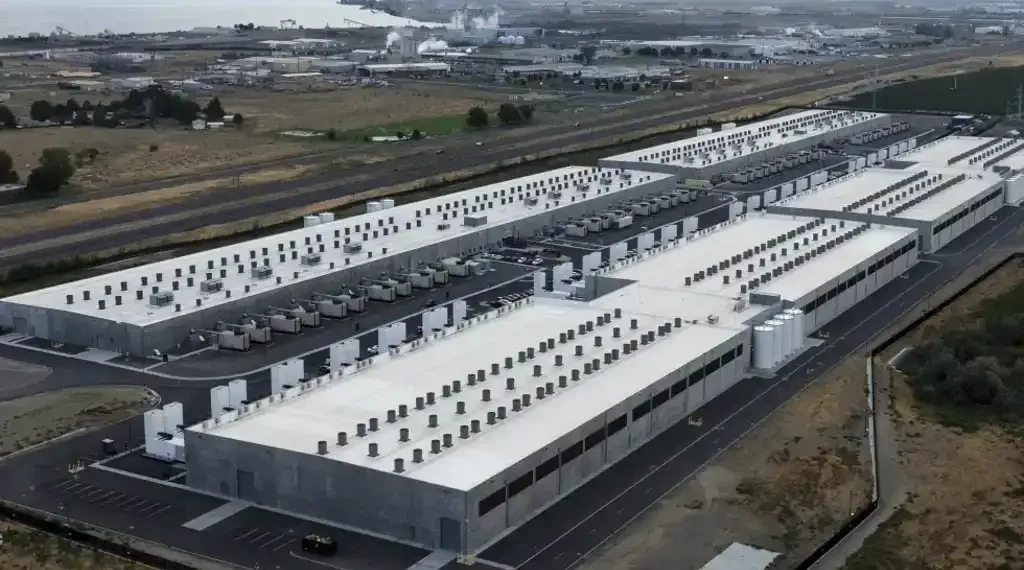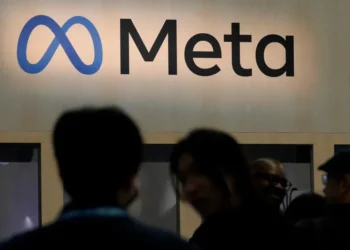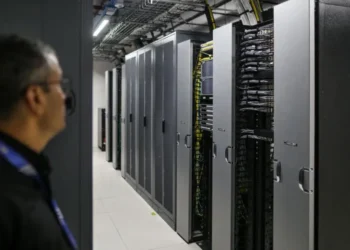Rising Electric Bills Put Spotlight on Data Centers’ Energy Demands
Published: 08-10-2025, 14:30
As electricity costs climb across the United States, pressure is mounting on state governments to shield households and small businesses from the financial burden of powering energy-intensive data centers. While technology companies say they are committed to paying their fair share, growing evidence suggests that ordinary consumers are increasingly subsidizing the massive energy demands of the industry’s biggest players.
Growing Public Concern Over Rising Energy Costs
Electricity price hikes have become a significant concern for both consumers and lawmakers. In Oregon, consumer advocacy groups say they have seen a surge in public complaints to utility regulators, with many residents voicing frustration over steep bills.
Charlotte Shuff of the Oregon Citizens’ Utility Board notes that the level of public engagement has been unprecedented. “More people are speaking out at the public utility commission in the past year than I’ve ever seen before,” she said. “There’s a massive outcry.”
Data centers — the backbone of cloud computing, artificial intelligence, and digital services — are not typical utility customers. Some facilities require more power than entire mid-sized cities, such as Pittsburgh or Cleveland, putting them far beyond the scale of even the largest manufacturing plants.
How Data Centers Drive Infrastructure Costs
According to Ari Peskoe, director of the Electricity Law Initiative at Harvard University, the traditional model for spreading transmission costs proportionally across consumer classes is being tested. “Billions of dollars of infrastructure are being built for just a few customers, and these happen to be some of the wealthiest companies in the world,” Peskoe said.
This dynamic raises questions about fairness. If utilities and regulators do not adjust rate structures, the costs of new power plants, transmission lines, and substations could increasingly fall on residential and small-business customers.
Industry Response and Alternative Explanations
Some officials argue that data centers are only part of the story. Tricia Pridemore, chair of Georgia’s Public Service Commission and president of the National Association of Regulatory Utility Commissioners, points to other drivers of rising electricity prices. These include the cost of replacing aging infrastructure, strengthening systems against extreme weather, and addressing an already strained energy supply.
The Data Center Coalition — representing companies like Microsoft, Google, Amazon, and Meta — maintains that its members are committed to contributing fairly to infrastructure costs. Pridemore also noted that many facilities required for the growing artificial intelligence sector are still in the planning phase.
Evidence of a Financial Imbalance
Recent research suggests, however, that data center electricity usage is already having a measurable effect on bills. A report from consulting firm Wood Mackenzie found that specialized rates for data centers in 16 states fall short of covering the costs of building new natural gas power plants. Without higher negotiated rates, the report warns, other customer classes are likely subsidizing data center power needs.
Similarly, Monitoring Analytics — the independent market monitor for PJM Interconnection, the nation’s largest grid operator — reported in June that 70% of last year’s $9.3 billion increase in electricity costs within its service area was attributable to data center demand.
State Governments Begin to Respond
In 2024, Pennsylvania Governor Josh Shapiro and four other governors challenged PJM over a sharp increase in wholesale power prices, warning that customers were “paying billions more than is necessary.” While PJM has yet to propose a formal plan to ensure data centers bear more of the cost, Monitoring Analytics has suggested requiring them to secure their own power supply to avoid what it calls a “massive wealth transfer” from the public to private corporations.
Some states have already taken legislative action:
- Oregon passed a law in June requiring utility regulators to develop new rate structures for data centers.
- New Jersey enacted legislation directing regulators to study whether data centers are causing “unreasonable rate increases” and to design specialized rates accordingly.
- Texas and Utah are exploring policies to prevent supply shortages that could raise costs or risk outages for other customers.
Challenges in Holding Data Centers Accountable
Efforts to make data centers pay more have met with mixed results. In Indiana, a settlement between Indiana Michigan Power Co., Amazon, Google, Microsoft, and consumer advocates set parameters for payments. While Kerwin Olsen of the Citizens Action Council of Indiana called it a “pretty good deal,” he warned that state law does not require large power users to publicly disclose their electricity consumption — making it difficult to verify whether they are covering their share of transmission costs.
A March report from Harvard’s Environmental and Energy Law Program questioned whether utilities and regulators have strong incentives to limit ratepayer exposure. Both parties, the report noted, have reasons to attract large customers like data centers, which can lead to “special deals” that shift costs onto other customers.
Balancing Economic Growth and Consumer Protection
In Pennsylvania, where data center development is accelerating, the Public Utility Commission is drafting a model rate structure aimed at ensuring that developers fund necessary grid upgrades. “We’re talking about real transmission upgrades, potentially hundreds of millions of dollars,” commission chairman Stephen DeFrank said. “And that’s what you don’t want the ratepayer to get stuck paying for.”
The debate over data centers’ role in rising electric bills highlights a central challenge: balancing the economic benefits of hosting these facilities with the need to protect residents and small businesses from disproportionate costs.
With the race to expand artificial intelligence infrastructure intensifying — and U.S. policymakers mindful of global competition, particularly with China — the pressure on state regulators to address these issues is only expected to grow.
This article was rewritten by JournosNews.com based on verified reporting from trusted sources. The content has been independently reviewed, fact-checked, and edited for accuracy, neutrality, tone, and global readability in accordance with Google News and AdSense standards.
All opinions, quotes, or statements from contributors, experts, or sourced organizations do not necessarily reflect the views of JournosNews.com. JournosNews.com maintains full editorial independence from any external funders, sponsors, or organizations.
Stay informed with JournosNews.com — your trusted source for verified global reporting and in-depth analysis. Follow us on Google News, BlueSky, and X for real-time updates.













